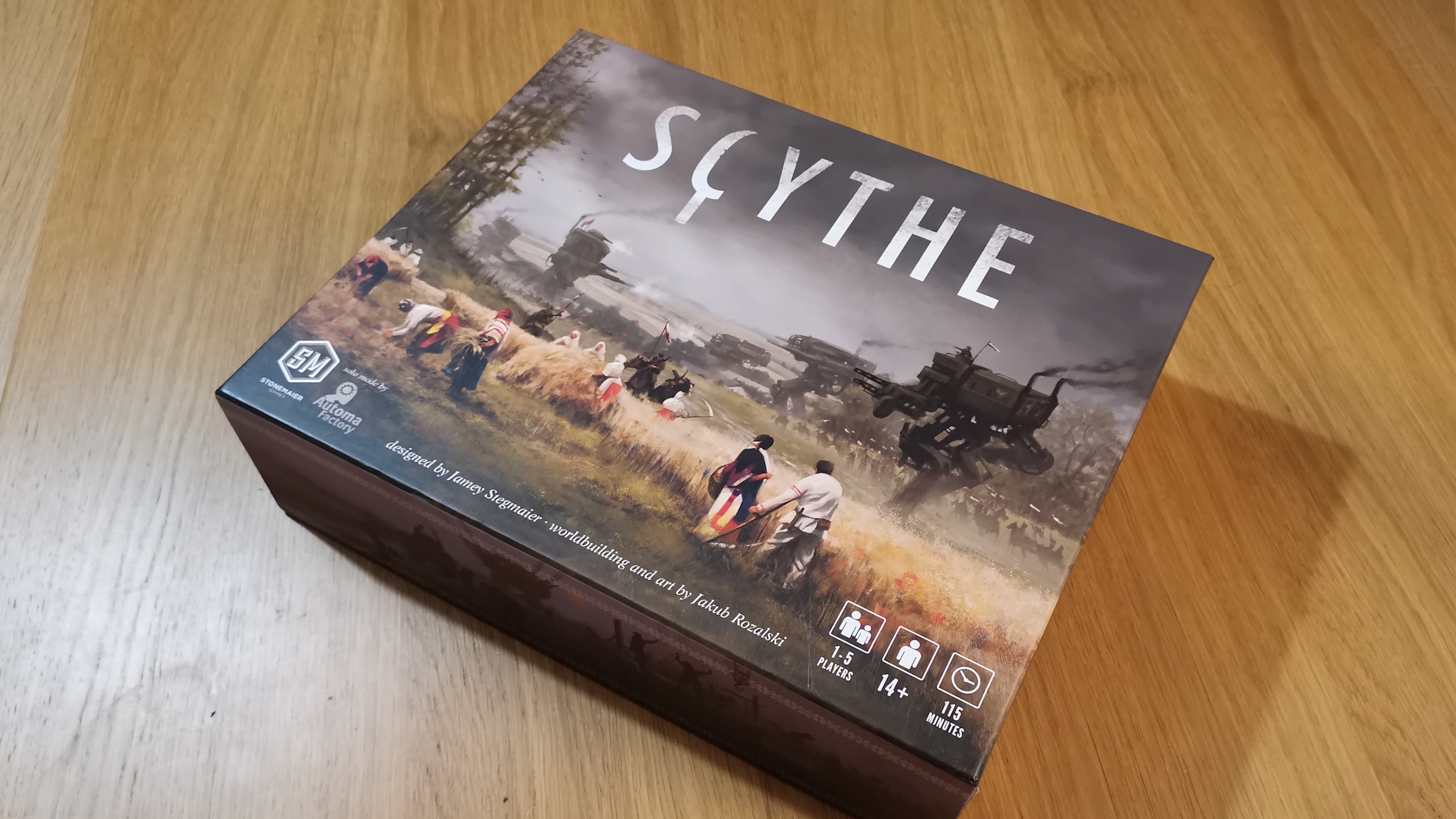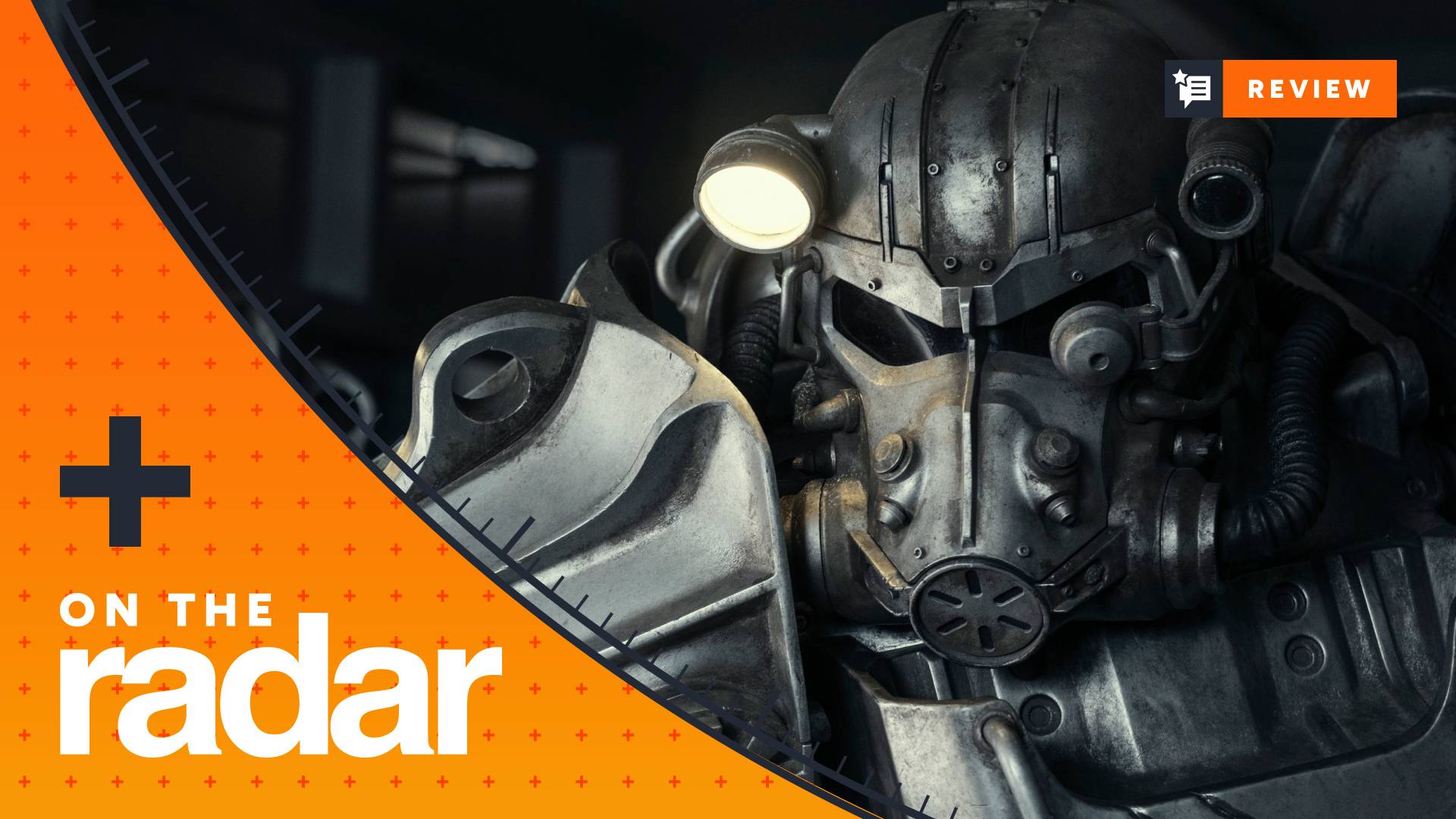Stalker: Shadow of Chornobyl isn't the mind-bending prospect it once was, but that’s only because we have it so good
The emergent has become the everyday, and shooters are all the better for it
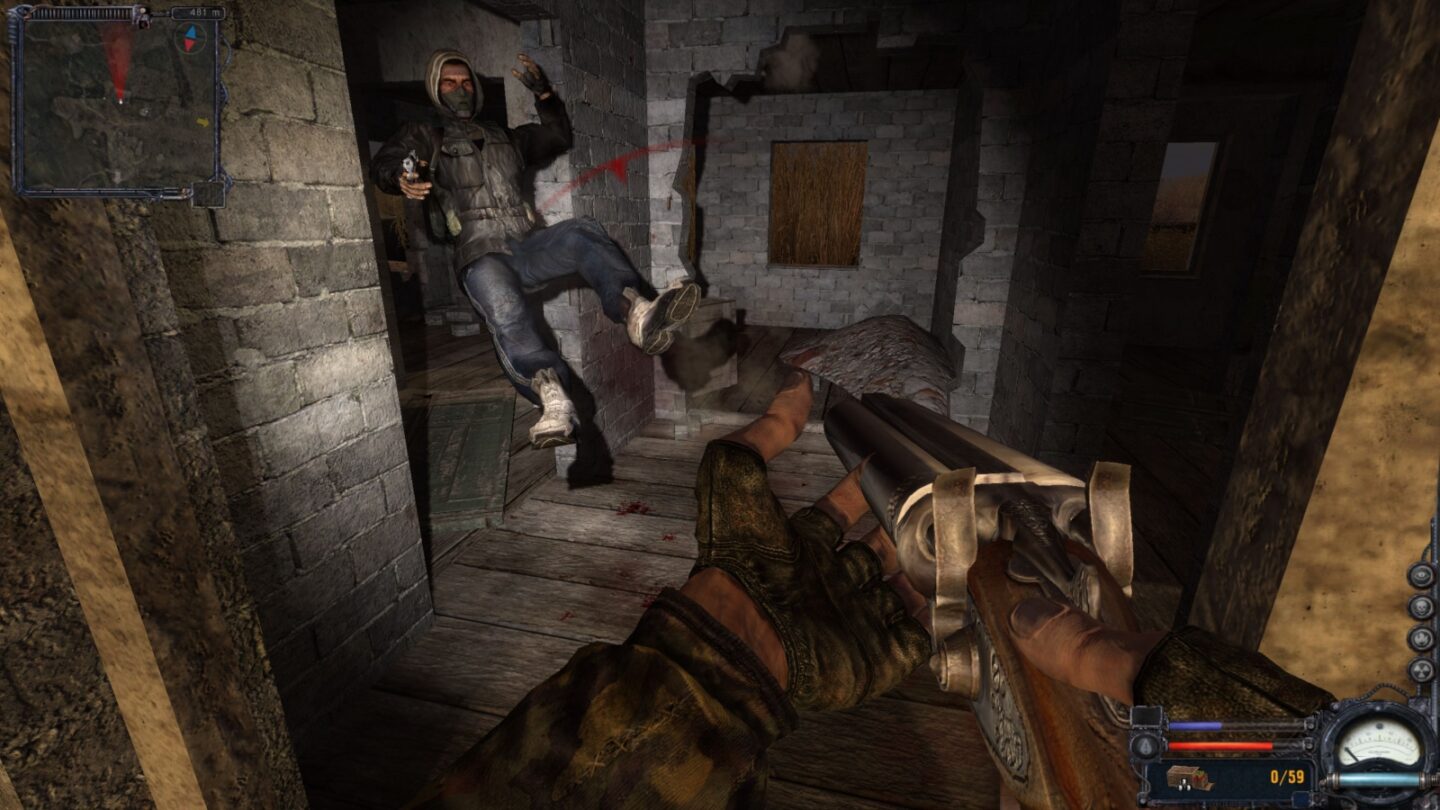
No record exists of the Stalker preview I first read in a copy of PC Gamer magazine over 20 years ago. So I'll tell it to you like a tall tale from the exclusion zone, shared over a bottle of vodka. They say there's a shooter where no mission plays the same way twice. Where, on the first try, you might battle a gang of bandits in an old factory for ownership of an artifact. And on the second, you might arrive to find those same bandits already dead, mauled to death by a pack of mutated dogs.
The stories of Stalker: Shadow of Chornobyl's earliest builds all have this unpredictable quality. They describe an 'A-life' system which enabled NPC stalkers to pick up jobs from dealers and set out into the Zone on their own steam, trading with neutral parties and fighting the enemies they encountered. This activity occurred regardless of where the player was, or what they were doing. In fact, in 2004, GSC Game World was telling journalists that AI stalkers could actually beat you to the best of the game's eight endings, uncovering the mystery of the Zone for themselves.
It's hard to overstate how anomalous and glowing an artifact Stalker was at that time. The open-world FPS simply did not exist - although the wide outdoor levels of Crytek's South Pacific sandbox, Far Cry, made clear it was coming. The way designers would navigate that new scale was still to be determined, and Stalker suggested the genre would become newly dynamic. The shooters of the '90s had made us the heroes of largely predetermined adventures. But in the Zone, we were just another body that was just a little too warm for the corpse-truck. And if we didn't seize the opportunities awaiting in Chornobyl's deep and dangerous heart, somebody else would.
Stalker 2: Shadow Of Chornobyl – The Big Preview
In the run-up to Stalker's return, GamesRadar+ is answering your every question about The Zone. For hands-on impressions, interviews, and everything in between, check out our Stalker 2: Heart of Chornobyl Big Preview hub.
Finders keepers
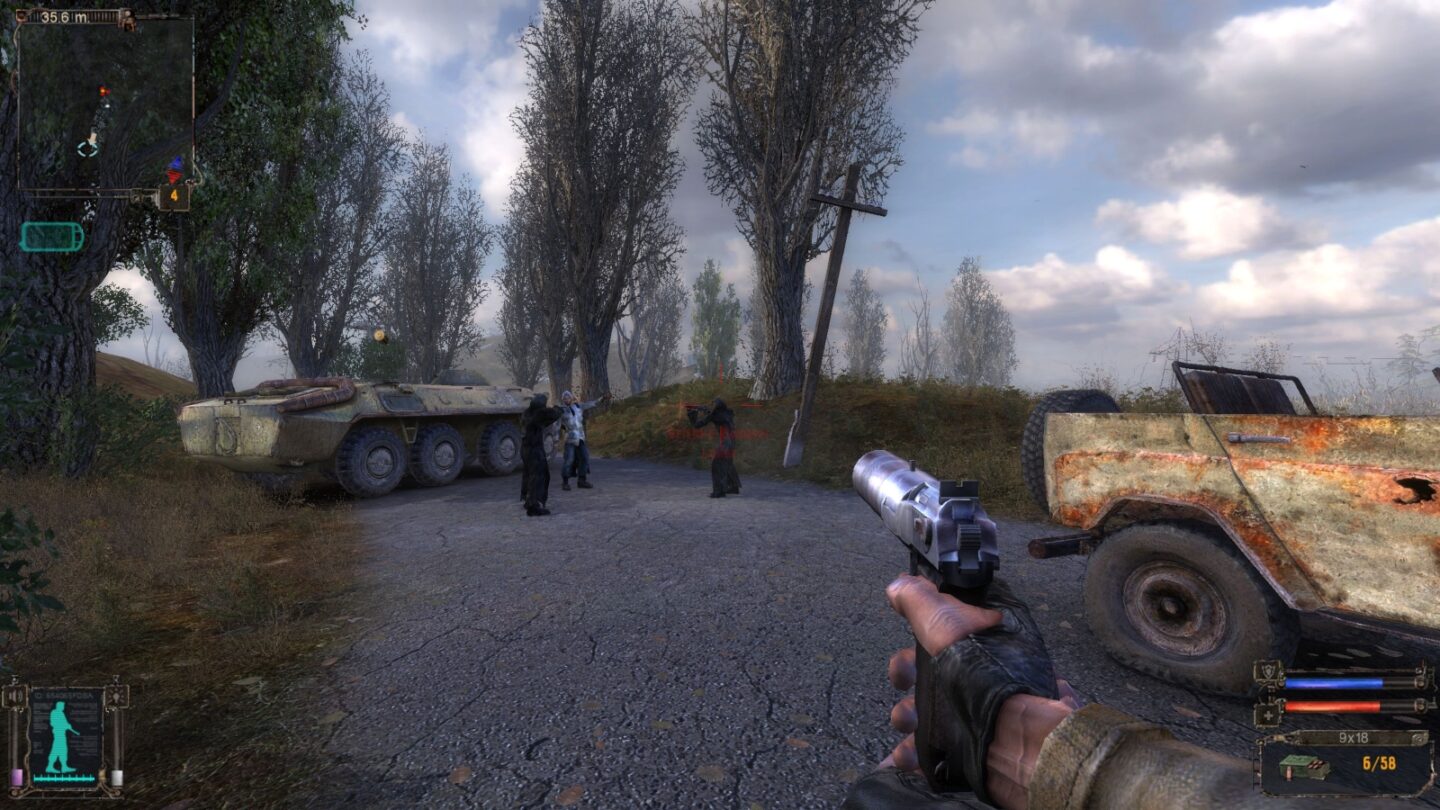
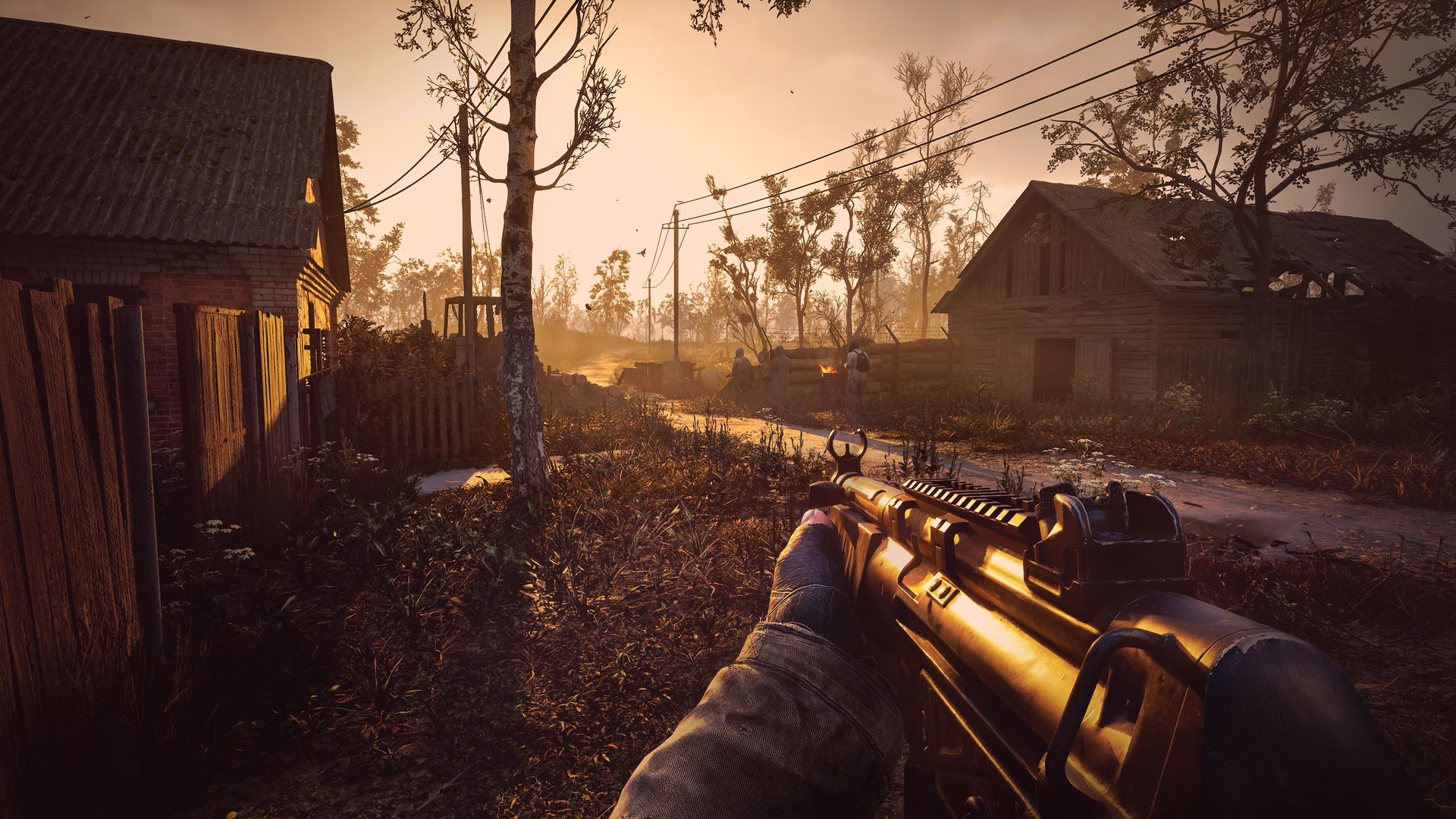
It's been 17 years since Shadow of Chornobyl launched, so check out our Stalker 2 hands-on preview to see how The Zone is faring today
Another Ukrainian developer got there first. In 2005, Deep Shadows put out Boiling Point: Road to Hell, which plonked the player down in a South American valley and asked them to find their missing daughter. There were no predefined enemies in Boiling Point – yet information didn't come for free, and buying it often meant breaking into the base of one faction at the behest of another. Unfortunately, Boiling Point's early arrival was to its detriment. One of the most notoriously buggy releases of all time, it boasted flying jaguars and pedestrians who glued themselves to your car if you left it parked in town – instantly dying when you set off, and damaging your local reputation.
Stalker, meanwhile, had entered development hell. GSC's grand plans were butting up against the hard reality of implementation. The game's publisher, THQ, sent a Californian fixer named Dean Sharpe to wrangle Stalker towards release. The team scrapped vehicles, ditched zombies, and simplified the AI it had been publicly showing off for years. For his efforts, Sharpe received death threats from the game's nascent community – but evidently wasn't put off Ukraine for good. Today, he's CEO of Metro developer 4A Games.
It's testament to how far Stalker was ahead of its time that, even after four years of delay and heavy compromise, it still played a little like the future. “Despite the epic wait and despite the amount of scissoring that's obviously gone on,” Will Porter wrote in GamesRadar+'s review, “we've still ended up with an excellent shooter.”
Its much-vaunted innovations were soon normalized, however. The year after Stalker's launch in 2007, Far Cry 2 arrived, bringing triple-A polish to the concept of the freeform shooter and establishing Ubisoft's formula for open world design. What GSC had posited in those early days was the idea of an emergent FPS – one where events and choices weren't necessarily scripted beforehand, but erupted organically from the interplay of the game's systems. By Far Cry 4, Ubi had tuned the dials such that emergent events happened once every few minutes - interrupting missions and exploration on a regular basis.
Weekly digests, tales from the communities you love, and more
“It was at its best when you made a plan, and your plan went horribly wrong,” said Far Cry 4 director Alex Hutchinson in the cover feature of this month's Edge. “You would be throwing a molotov at an enemy and accidentally hit a bear instead, and then a burning bear would kill your friend.” It's a philosophy he's now applying to his new game, Revenge of the Savage Planet. “The joy of the game is making a plan, the plan failing, but you not dying and getting through. It's gonna be funny and chaotic.”
Tried and true

In other words, the high concepts promised in Stalker's previews have now been disseminated and finessed to the point where they're no longer remarkable. To the point where a game like Far Cry 6, which would have blown the radiation-soaked socks off Stalker disciples and Boiling Point apologists in the mid noughties, could be dismissed in some quarters as rote and expected. Although its unscripted magic still wowed GamesRadar+'s Rachel Weber.
“The first four or so hours of the game were a baffling thrillride,” she wrote. “It seemed no matter what I did every mission descended into an all-out brawl, with stealth attempts scuppered by mongoose attacks, enemy tank patrols popping up with alarming regularity, and in a weird bit of emergent narrative, I saw more NPC horses and dogs hit by cars than I care to remember.”
In truth, Far Cry 6 dialed back the chaos from previous entries, allowing you to sheathe your weapons and walk unnoticed past enemy patrols as your guerilla blended among civilians. And perhaps that slight shift towards quiet unease indicates there's still a place for Stalker 2 in the open-world shooter ecosystem. In perfecting the precise cadence required to keep players giggling with flaming bears, Ubisoft has in fact made emergence predictable. In 2024, it takes a more uneven game to really surprise the spoiled masses. And if Stalker 2 is bound to be anything, it's uneven.
In retrospect, one of the defining traits of Stalker is its friction. Now that Ubisoft has long since smoothed out the jamming guns and malaria outbreaks that characterized early Far Cry, there's plenty of room for a genremate that grates and punishes in just the right ways. If Fallout can keep selling us Americana, and Atomfall taps into British folk horror, then the world ought to get to play in the Ukrainian post-apocalypse too. Even if those mutated dogs are no longer quite as disruptive as they once sounded.

Jeremy is a freelance editor and writer with a decade’s experience across publications like GamesRadar, Rock Paper Shotgun, PC Gamer and Edge. He specialises in features and interviews, and gets a special kick out of meeting the word count exactly. He missed the golden age of magazines, so is making up for lost time while maintaining a healthy modern guilt over the paper waste. Jeremy was once told off by the director of Dishonored 2 for not having played Dishonored 2, an error he has since corrected.

